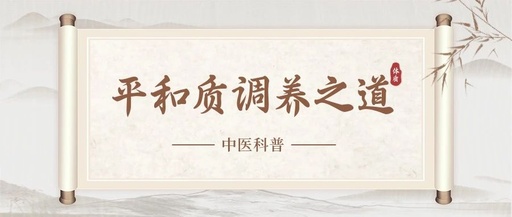

Body constitution is formed by both genetic inheritance and acquired factors, representing the relatively stable characteristics of individuals in terms of morphology and functional activities, which are also related to psychological traits.
The differences in individual body constitutions manifest as variations in responses and adaptations to external stimuli under physiological conditions, as well as susceptibility to certain pathogenic factors and tendencies in disease progression. Therefore, studying body constitution helps analyze the occurrence and evolution of diseases, providing a basis for diagnosis and treatment.
In Traditional Chinese Medicine (TCM), the types of body constitution can be classified into nine categories—Pinghe Zhi (平和质, Harmonious Constitution), Qi Xu Zhi (气虚质, Qi Deficiency Constitution), Tan Shi Zhi (痰湿质, Phlegm-Damp Constitution), Yang Xu Zhi (阳虚质, Yang Deficiency Constitution), Yin Xu Zhi (阴虚质, Yin Deficiency Constitution), Shi Re Zhi (湿热质, Damp-Heat Constitution), Xue Yu Zhi (血瘀质, Blood Stasis Constitution), Qi Yu Zhi (气郁质, Qi Stagnation Constitution), Te Bing Zhi (特禀质, Special Constitution).
Different body constitutions have distinct characteristics.
Which type of constitution do you belong to?
How should you nourish your body?
……
Today, the TCM Center
will help you understandPinghe Zhi (平和质, Harmonious Constitution)
and assist everyone in regulating their health~

 Characteristics of Pinghe Zhi (平和质, Harmonious Constitution)
Characteristics of Pinghe Zhi (平和质, Harmonious Constitution)



This group of peoplehas a well-proportioned physique, rosy complexion,moist skin, thick and shiny hair, bright eyes, clear nasal color, good sense of smell, rosy lips, not easily fatigued, tolerant to cold and heat, good appetite, sound sleep, normal bowel movements, pale red tongue, thin white coating, and a soft, strong pulse, and they are generally less prone to illness. Their personalityis amiable and cheerful, energetic,and they adapt well to nature and society. They rarely get sick, and even when they do, they recover quickly.
 )1 Common Manifestations
)1 Common Manifestations
▪ Skin Color: rosy complexion with a glow;
▪ Hair: thick and shiny;
▪ Facial Features: bright eyes, clear nasal color, rosy lips;
▪ Spirit: energetic, tolerant to cold and heat, not easily fatigued.
 )2 Key Identification Points
)2 Key Identification Points
▪ Energetic;
▪ Not easily fatigued;
▪ Loud voice;
▪ Good psychological quality, amiable and cheerful, emotionally stable;
▪ Tolerant to cold and heat;
▪ Good adaptability to changes in the natural and social environment;
▪ Good sleep;
▪ Not prone to forgetfulness.
 )3 Tongue and Pulse Manifestations
)3 Tongue and Pulse Manifestations
▪ Tongue Quality: pale red;
▪ Tongue Coating: thin white;
▪ Pulse: calm and gentle, soft and strong.




 Nourishing Principles
Nourishing Principles



Nourishing Qi and Blood, Harmonizing Yin and Yang: Maintain a balanced and sufficient state of Qi and Blood to achieve harmony between Yin and Yang, preserving a healthy lifestyle.
)1 Daily Routine Nourishment

Balance work and rest, avoiding overexertion due to confidence in physical strength, and also avoiding excessive indulgence. It is essential tocombine physical and mental labor. Maintain a regular routine; it is advisable to wake up between 6-7 AM and sleep between 10-11 PM.
 )2 Exercise Nourishment
)2 Exercise Nourishment
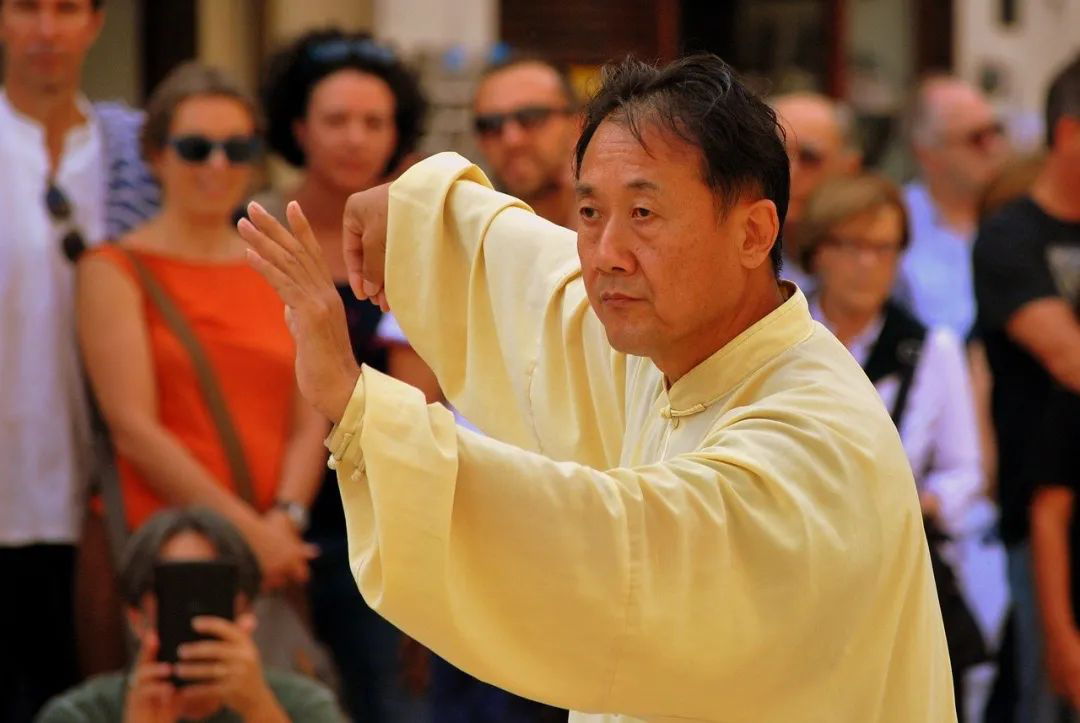
Exercise should be moderate and not excessive. Especially for the elderly, even if physically strong, they should avoid overly intense exercise. Traditional Tai Chi, Ba Duan Jin, Qigong, and brisk walking are recommended. Exercise should be consistent and persistent. It is not only physical training but also a training of will and perseverance.
 )3 Dietary Nourishment
)3 Dietary Nourishment
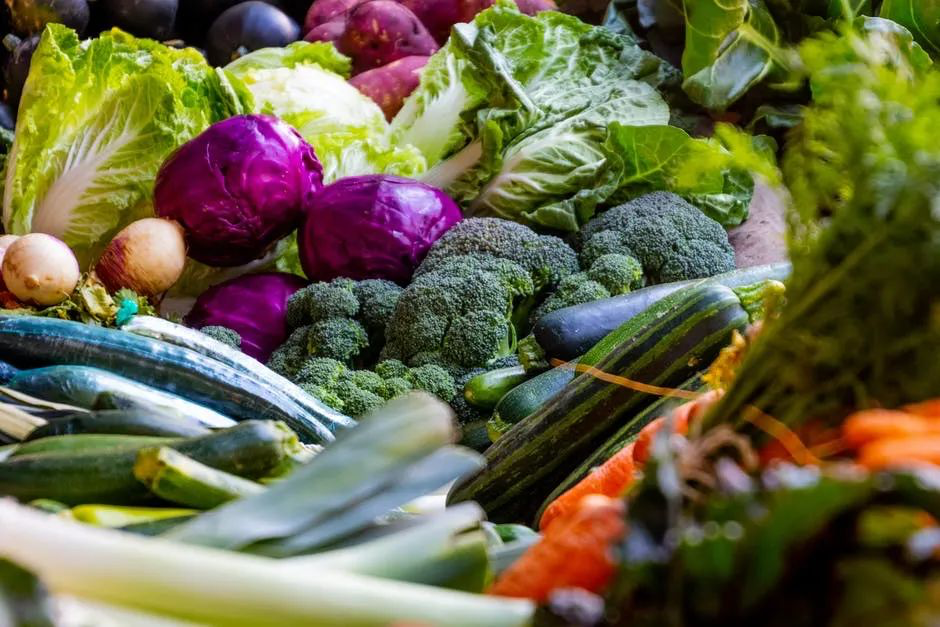
Diet should emphasizemoderate temperature; excessive preference for hot or cold foods can lead to imbalances in Yin and Yang, resulting in disease. Develop good habits such asrinsing the mouth after meals and taking walks after eating.
Additionally, individuals with a harmonious constitution canuse food as medicine, as a variety of fruits, vegetables, poultry, and grains can help nourish Qi and Blood and balance Yin and Yang. For instance, during the transition from autumn to winter, it is beneficial to consume more white fungus, sugarcane, pears, and honey in autumn, and chicken, lamb, and walnuts in winter.
 )4 Meridian Nourishment
)4 Meridian Nourishment
Massage, tapping, moxibustion, guasha, and cupping can be performed on acupoints such as Zu San Li (足三里, Stomach 36), San Yin Jiao (三阴交, Spleen 6), Qi Hai (气海, Sea of Qi), Guan Yuan (关元, Gate of Origin), Ming Men (命门, Gate of Life), Shen Shu (肾俞, Kidney Shu), and Yong Quan (涌泉, Yongquan).
Zu San Li (足三里, Stomach 36)
Located on the outer side of the lower leg, 3 inches below the outer knee joint.
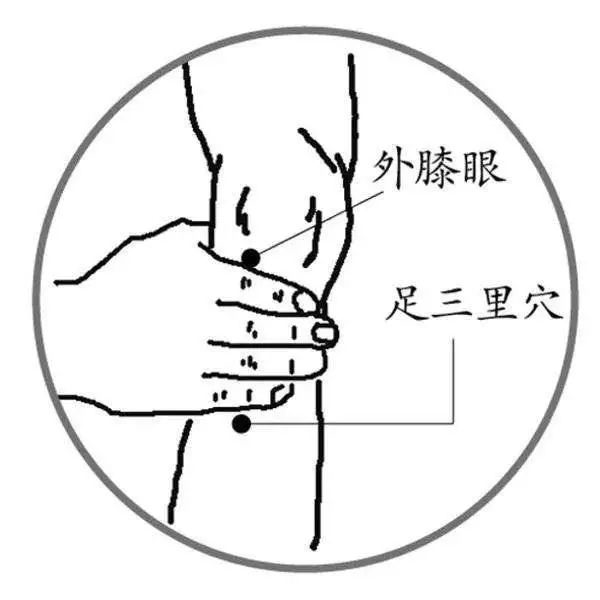
San Yin Jiao (三阴交, Spleen 6)
Located on the inner side of the lower leg, 3 inches above the inner ankle, behind the inner edge of the tibia.
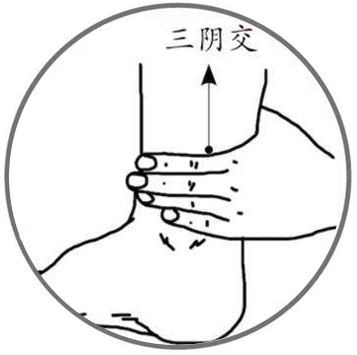
Qi Hai (气海, Sea of Qi)
Located in the lower abdomen, 1.5 inches below the navel on the midline.
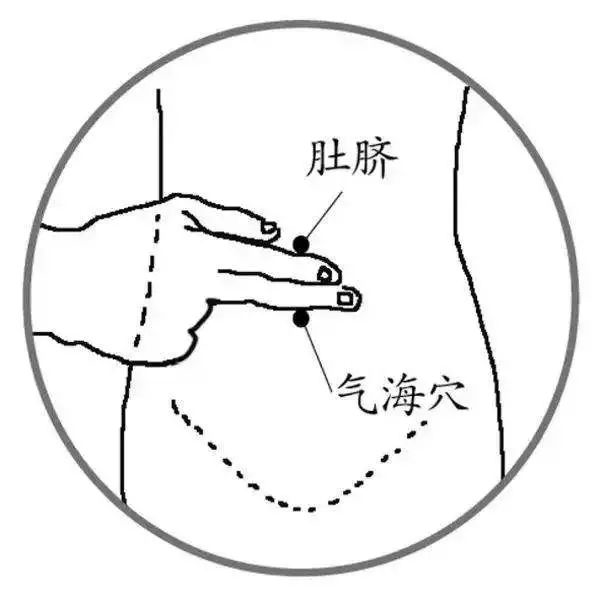
Guan Yuan (关元, Gate of Origin)
Located in the lower abdomen, 3 inches below the navel on the midline.

Ming Men (命门, Gate of Life)
Located in the lower back, on the midline, below the second lumbar vertebra.

Shen Shu (肾俞, Kidney Shu)
Located below the second lumbar vertebra, 1.5 inches to the side.

Yong Quan (涌泉, Yongquan)
Located on the sole of the foot, in the depression at the front of the foot when curled, at the intersection of the first third and two-thirds of the line connecting the second and third toe joints to the heel.
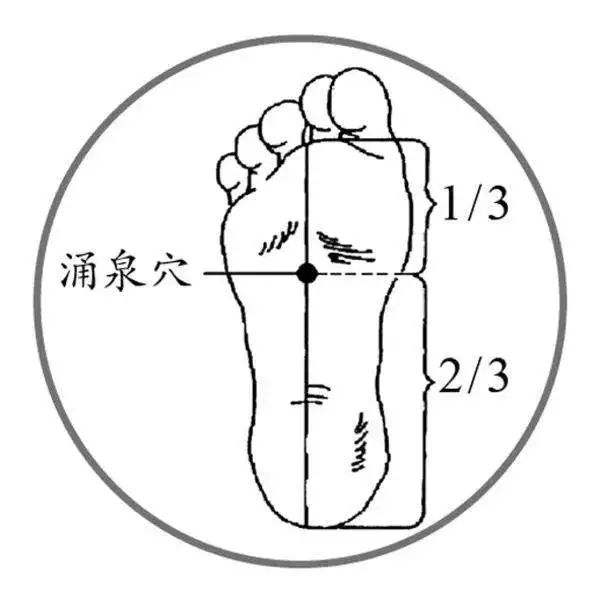


 Expert IntroductionJing HuaDirector of TCM Department, Associate Chief Physician
Expert IntroductionJing HuaDirector of TCM Department, Associate Chief Physician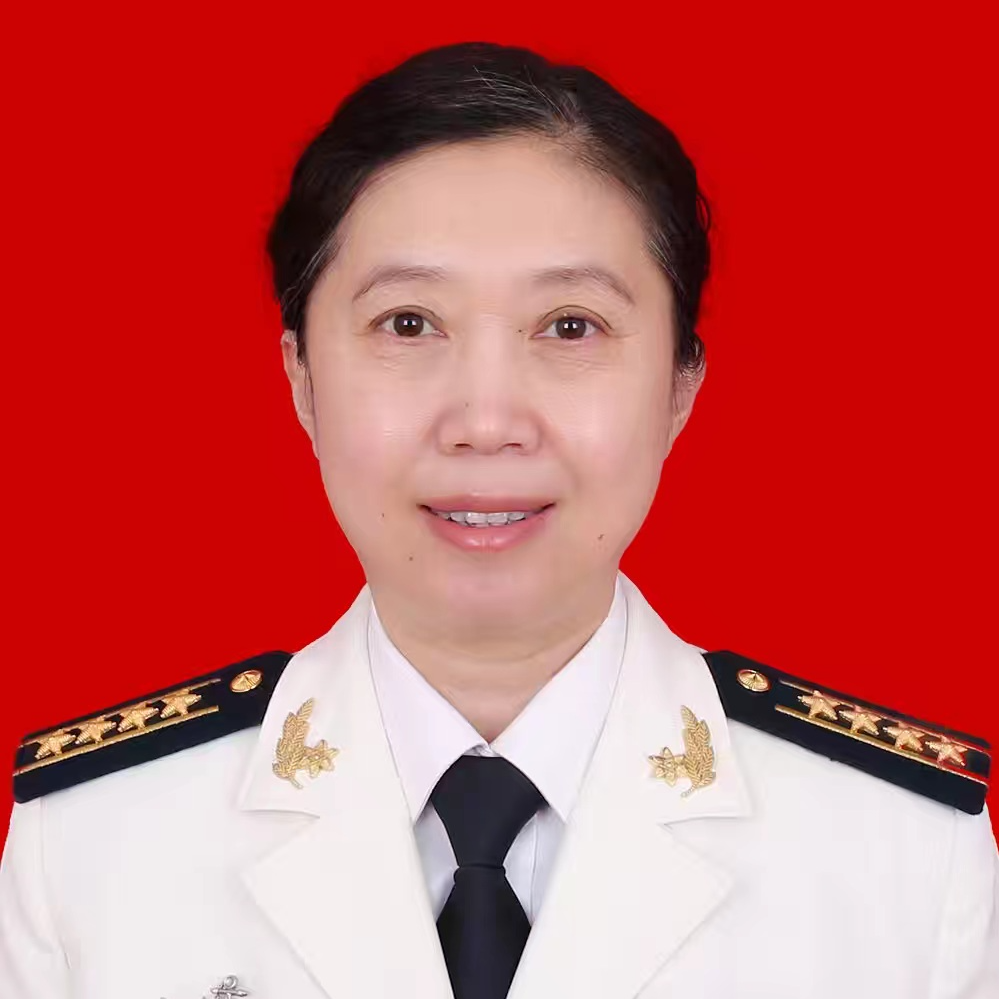
Master of Medicine from Shanghai University of Traditional Chinese Medicine;
Engaged in clinical practice of TCM and integrated Chinese-Western medicine for over 30 years;
Specializes in the treatment of cardiovascular diseases, arrhythmias, tumors, chronic cough, constipation, insomnia, chronic fatigue syndrome, and other internal medicine disorders, with expertise in TCM constitution adjustment;
Published over 40 academic papers.
Outpatient hours:Monday morning, Thursday morning
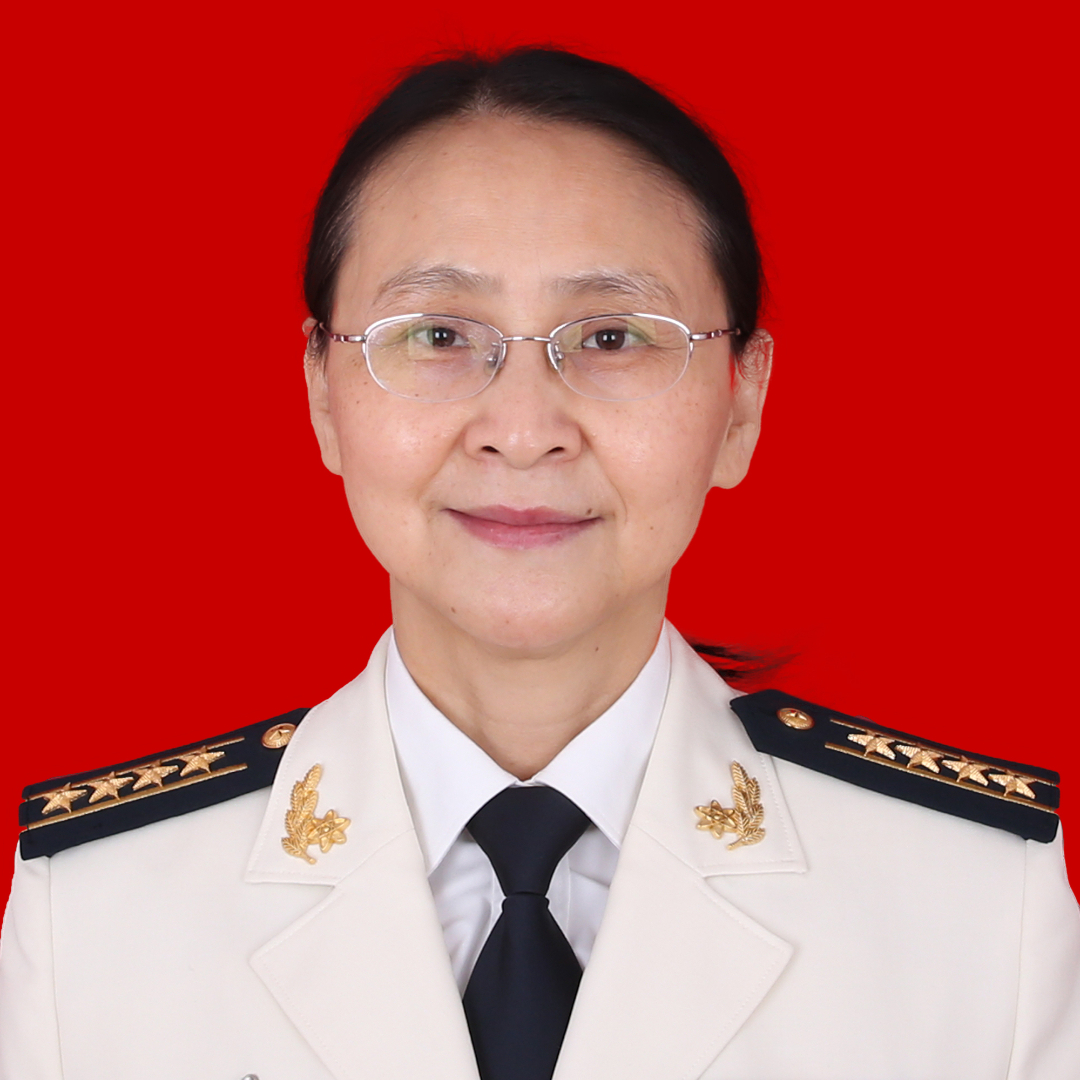 Dong LiAssociate Chief Physician of TCM Department
Dong LiAssociate Chief Physician of TCM Department
Master of Medicine;
Engaged in clinical work in TCM internal medicine and pediatrics for over 30 years;
Specializes in TCM treatment of insomnia, fatigue, menopausal syndrome, irregular menstruation, dysmenorrhea, headaches, dizziness, hypertension, coronary heart disease, post-stroke sequelae, chronic cough, and other internal medicine disorders, as well as pediatric cough, anorexia, abdominal pain, etc. Has rich experience in TCM constitution adjustment and is skilled in acupuncture, moxibustion, and cupping;
Published over 30 academic papers.
Outpatient hours:Wednesday morning, Friday morning
Gan GuolinTCM Physician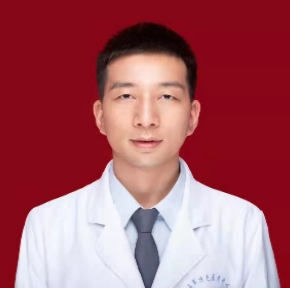
Master of Medicine from Shanghai University of Traditional Chinese Medicine;
Research focus on integrated Chinese-Western medicine for chronic liver disease prevention and treatment, advocates TCM classics, skilled in using Chinese medicine to treat liver and gallbladder, spleen and stomach diseases, and other internal medicine disorders, and adept at acupuncture for treating neck, shoulder, waist, and leg pain, headaches, and other strain-related diseases.
Outpatient hours:Tuesday afternoon
 Weng LiangyuTCM Physician
Weng LiangyuTCM Physician
Master of Medicine from Shanghai University of Traditional Chinese Medicine;
Has long worked in clinical departments such as endocrinology and geriatric care, with experience in comprehensive TCM treatment of elderly diabetes and its various chronic complications, as well as autoimmune thyroiditis, subclinical thyroiditis, and thyroid dysfunction. Skilled in traditional therapies such as acupuncture and moxibustion, accumulating rich clinical experience.
Outpatient hours:Monday afternoon

Supervisor: Political Work Department of the Navy Characteristic Medical CenterOrganizer: Publicity CenterChief Editor: Jiang Yi, Zhang ZheReviewed by: Su KailiDuty Editor: Yu XinjieEditor: Yu XinjieContributed by: TCM Department (Images sourced from the internet)Submission Email: [email protected]

